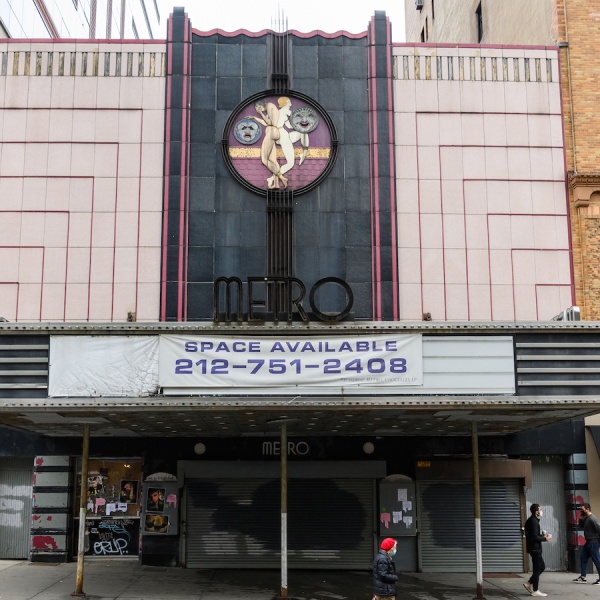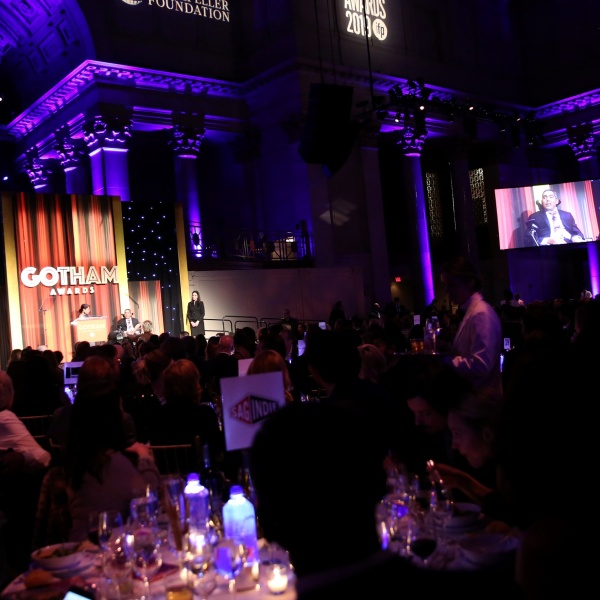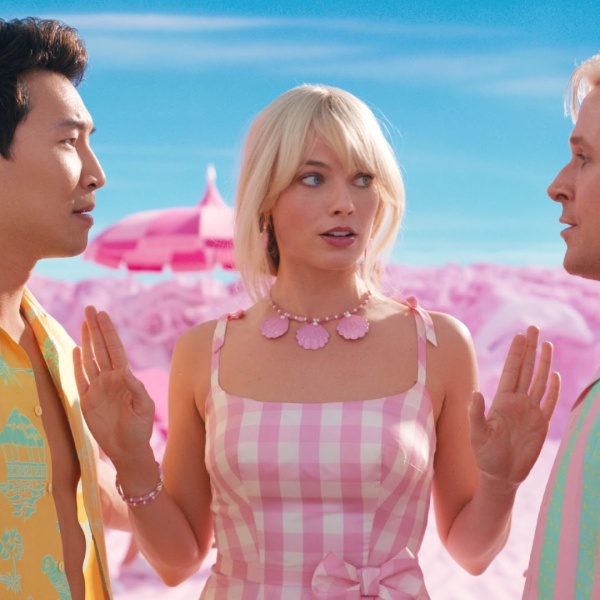
PUNCH. The remains of a car burn in the darkness. Whomever was present for such a disaster no longer breathes air. PUNCH. A black screen, the title “Welcome To The Rileys” proudly displayed at the center of the screen. PUNCH. The visage of a burly man smoking a cigarette comes into frame. While the location is a suburban backyard, the darkness seems to swallow this man’s face, who entirely has the camera’s attention. In the darkness, smoke pouring out of his mouth, he looks like a caged beast, frustrated by being marginalized in captivity.
Those opening moments in “Welcome To The Rileys” could have been seen in any number of seventies-era character pieces in both their confrontational dissonance and oppressive darkness. Without a single word of dialogue being spoken, we know a great tragedy has befallen our characters. And we know that this man, a face unevenly stapled to a neck, we know that our characters have purposely chosen to remain in the shadow of this disaster.
As the story becomes clearer, we learn that the Rileys have hidden behind their grief. It was their daughter who passed on in the terrible wreck, lost to them at the age of fifteen. Behind the picket fences of suburbia, husband and wife Doug and Lois (James Gandolfini, Melissa Leo) try to maintain some semblance of reality – they aren’t rebuilding, merely still in a state of shock. The shock has long given way to an almost perverse sort of comfort. He retreats to the garage to smoke his cigarettes. She receives manicures in her own living room. As the breadwinner, he holds the house together from the outside. She maintains the inside, meticulously assuring everything is in its right place.
When Doug makes a business trip from their Midwest home into New Orleans, an unexpected series of events leads him to a strip club, where he meets Mallory. Sullen, dead-eyed, and gamine, the young stripper barks sexual profanities to his face in an effort to excite, when it’s clear from slight hints in her body language she would rather be miles away. It’s not exactly the shock of the year to imagine Kristen Stewart in this role, though she manages to capture something uniquely upsetting about how innocence can be corrupted before youth has set in.
When they meet again, Doug, who sees something intriguing in this beaten-down sixteen year old runaway and develops certain feelings for her. But while she expects a $10 quickie, he is looking for a decidedly different fix. It’s not long before he is staying in New Orleans, helping her clean out her house and maintain hygiene and cleanliness around Mallory’s dingy location. A call to his wife is a painful admission that he can’t share that particular life with her anymore. He knows at home that their tombstone awaits, lacking only a departure date.
This couple is not defeated, of course: unaware of the reasons to her husband’s departure, she pursues him all the way to New Orleans. It’s clear she hasn’t been in a car since the incident, so her trip takes more than a few detours. Melissa Leo fills said detours with unexpected grace notes. In a performance of uncommon warmth, Leo embodies a character with frail physicality, but ever-strengthening spirit. The open road is at once alien to her, and yet also a welcome challenge, a respite from the struggle with memories that has silenced every evening dinner, muted every television program, and sullied all social appearances the Rileys have participated in.
“Welcome To The Rileys” is the second feature from director Jake Scott. He shares none of the grandiosity of his father Ridley, nor the pop culture savvy of uncle Tony. The youngest Scott instead showcases an interest in the chasms between people who love each other, when they can’t, or don’t know how to, articulate the feelings they have for each other. In that first hour, not a single moment of “Rileys” takes a turn you’d expect it with very minor exceptions, as Scott showcases himself as someone willing to let characterizations and actions speak for themselves. The pacing is glacial at times, but with excellent performances from Leo, Stewart, and Gandolfini (the former Tony Soprano, now wearing Red State simplicity over a powerfully fractured heart) allow each moment to feel real, lived-in, understandable.
The momentum doesn’t last. As soon as the permutation of the three characters under one roof occurs, the film slows to a halt to provide singular therapy sessions for each one of them. The difficult questions each of them must face becomes sensible indie-film resolution. The meeting of all three characters suddenly limits the possible story outcomes, but Scott also limits the characterization to the point where it’s all plot machinations, and these very human characters no longer control their own destiny. In making each character a surrogate for someone else in their lives, Scott’s central metaphor traffics too close to obviousness. Painted into a corner, the story has no choice but to resolve itself aimlessly.
Scott’s second directorial effort, however, definitely marks the filmmaker as someone to watch. Tougher, more sympathetic performances haven’t been seen yet from these three: Stewart in particular defies expectations in an uneasy role. Her performance suggests a spirit in transit that the film wants to pigeonhole into little-girl-lost clichés, and Stewart gamely follows suit in an arc that never seems believable. But it’s the onscreen union of Leo and Gandolfini that resonates the deepest. Here are two people, struck by tragedy, finally emerging from a years-long shadow, more in love than ever before, in spite of some serious life changes. In their eyes, now everything seems unconventional. [B]







